5 DIY Edge Control Recipes For Curly Hair
A mix of organic ingredients from your kitchen will help keep your baby hair in check.

Image: Shutterstock
There is something edgy about the perfectly laid edges and neatly arranged baby hair. All you need is a good edge control product for brushing down the edges. However, if you want to avoid the chemicals and need natural alternatives, you can follow our DIY edge control recipes for curly hair and prepare them at home.
Commercial edge control products usually control alcohol and other chemicals. They can damage the fragile baby hair, dry them out, and affect your hairline. The recipes shared in the article are simple and hassle-free. Scroll down to check them out.
In This Article
What Is Edge Control?
Edge control hair products are used to control and lay down the baby hair or “edges
.” They are a staple in Latin and Afro communities and are available as hair pomades, creams, gels, and hair mousse. You will get water-based hair gels for oily and fine hair and oil-based edge control products for thick, coarse, dry, and damaged hair.
However, commercial edge control products contain many chemicals and preservatives that may damage the delicate baby hair strands. That is why we shared easy DIY edge control recipes in the next section.
 Trivia
TriviaKey Takeaways
- You can buy edge control products in the form of pomades, creams, and gels to set down and control your baby hair or ‘edges’.
- Edge control products can be made at home from natural ingredients according to your hair type preferences.
- An edge control product will work best if you use a small brush to slick your hair and wear a scarf or headband after applying it.
5 Effective DIY Edge Control Recipes
Empower yourself with these simple, natural hair care recipes you can easily make at home. Using nourishing natural ingredients, these recipes help keep your hair healthy and your edges sleek and styled. Don’t be afraid to experiment and find the one that works best for you. It’s all part of the adventurous journey to better hair care! Scroll down to check out the recipes.
1. Aloe Vera And Shea Butter Gel
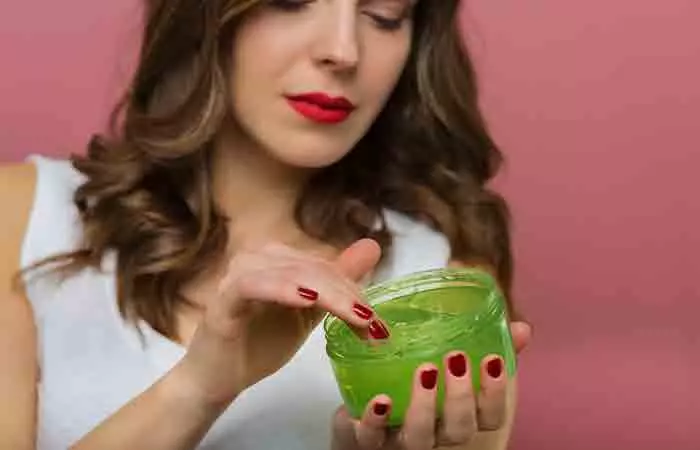
Aloe vera gel is an excellent natural moisturizer often used in hair care products. It is rich in vitamins A (beta-carotene), C, and E and contains four fatty acids. Aloe vera has antiseptic properties (1). These properties may keep the hairline healthy. Plant oils like shea butter improve the gel’s consistency and make it suitable for kinky and coily hair.
Elise, a beauty vlogger, shared her experience of using her homemade DIY edge control product made with shea butter, almond wax, and castor oil and shared her amazing results in the video. She said, “My hair feels super moisturized and nourished. It has actually managed to keep my hair in place (ⅰ).”
You Will Need
- 1 tablespoon of aloe vera gel
- 1 tablespoon of shea butter
Method
- Blend the aloe vera gel and shea butter until you get a smooth mixture.
- Dab a little gel on your edges.
- Style your hair with a spoolie brush.
2. Agar-Agar Edge Control Gel
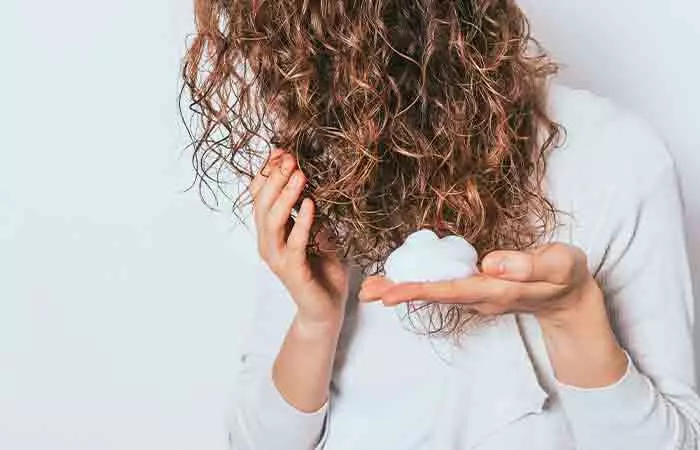
Agar-agar, a natural substance derived from seaweeds, is a perfect thickener for a homemade edge control recipe. The aloe vera gel makes the recipe nourishing for the hair.
You Will Need
- 1 teaspoon of agar-agar flakes
- 1 cup of water
- 1 tablespoon of aloe vera gel
Method
- Add the agar-agar flakes to water and stir. Leave it for 5 minutes.
- Boil the flakes. Stir continuously to dissolve them.
- Blend the agar-agar gel and aloe vera gel.
- Store in the refrigerator for up to two weeks in an airtight glass jar.
- Apply a small amount of the gel to the edges.
- Use a spoolie brush to lay the hair in patterns.
3. Mango Butter And Castor Oil Balm
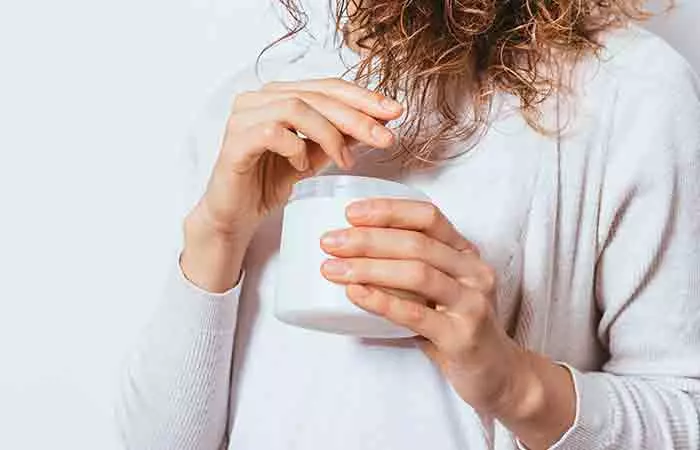
Mango butter is a common ingredient in DIY hair care recipes, owing to its rich texture and pleasant fragrance. Castor oil is believed to promote hair growth and prevent hair breakage.
You Will Need
- 2 tablespoons of mango butter
- 1 tablespoon of castor oil
- An electric whipper
Method
- Warm the mango butter and castor oil and mix well.
- Once it cools down, beat the mixture with an electric whipper until smooth and creamy.
- Apply a tiny amount to the hair edges and style them.
4. Flaxseed Edge Control Gel
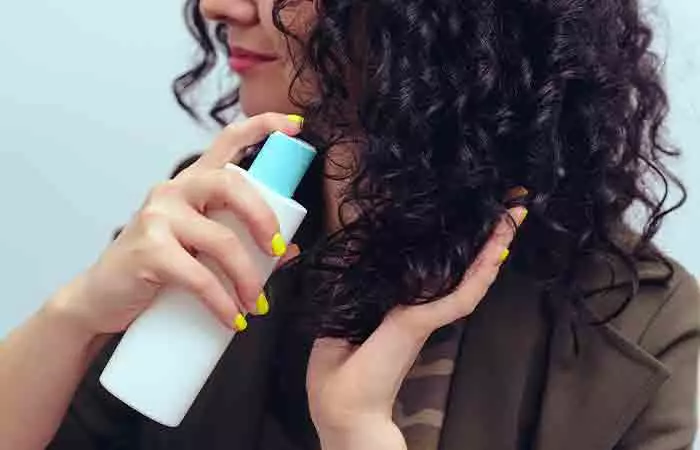
Flaxseed is commonly used in DIY recipes for its perfect gel-like consistency. It can also be used as hair serum or hair spray as it provides excellent hold and moisturizes the strands. Castor oil is touted to promote hair growth and prevent hair breakage. This edge control gel is ideal for normal to oily hair. Below is a wholesome recipe for DIY flaxseed gel for curly hair.
You Will Need
- 1/4 cup of flaxseeds
- 2.5 cups of water
- 1 tablespoon of castor oil
- A strainer or cheesecloth
Method
- Boil the flaxseeds in a pot. Keep stirring.
- Lower the heat and simmer for 7-8 minutes until it thickens.
- Let the gel cool for around 4-5 minutes.
- Strain the seeds to extract the gel.
- Blend the flaxseed gel and castor oil until smooth.
- Apply a tiny glob of gel to your edges and style them with a spoolie brush.
5. Moisturizing Edge Control For Dry Hair
This moisturizing edge control gel contains jojoba oil that has deep moisturizing properties (2). Together with the flaxseed gel, it can effectively tame dry and frizzy hair.
You Will Need
- 1/4 cup of flax seeds
- 2.5 cups of water
- 1 tablespoon of jojoba oil
- 3-4 drops of lavender, sandalwood, or rosemary essential oil for fragrance (optional)
- A fine-mesh sieve
- A whisk or spoon
Method
- Boil the flaxseeds for 7-8 minutes, stirring continuously as the gel thickens.
- Let it cool for around 4-5 minutes.
- Strain the gel through a fine-mesh sieve while it is warm.
- Mix it with jojoba and the essential oils (if using).
- Whisk until you get a smooth and creamy mixture.
- Use the gel to smoothen and style your edges.
Note: Always test a small amount of any ingredient on your skin before using it to check for allergic reactions. This step helps you avoid irritation or discomfort from any ingredient.
 Fun Fact
Fun FactWhile using the right edge control product is the first step to achieve a perfectly slicked look, there are a few more things in mind. Take a look.
Tips For Effective Edge Control
- Use A Small Brush
Use a small brush or a spoolie brush to slick the strands. Smaller brushes are best for arranging the hair in intricate patterns. You may also use an eyebrow makeup applicator brush.
- Avoid Products With High Oil Content And Alcohol
While many edge control products are oil-based, avoid those with high oil content. Too much oil may clog the pores on the hairline and leave an oily residue. Use a water-based edge control or one with lower oil content. Also, avoid products with alcohol as they may dry out your hair.
- Wear A Scarf While The Edges Set
Wear a scarf or headband after applying the edge control product. Wait for 10-20 minutes to allow the edges to set, and then remove the covering. This ensures the edges stay put all day long.
- Remove The Product Before Sleeping
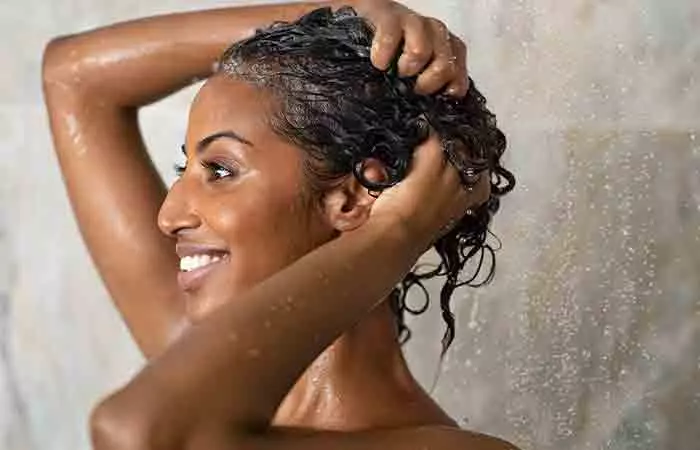
Leaving the product in your hair overnight may cause buildup and clog the follicles and skin pores, causing breakouts and hair loss.
- Dampen Your Hair Before Applying Edge Control
Spritz water on your edges before applying edge control. Damp hair is easy to set and gives a slicker look. However, ensure that the hair is not wet, or the product will slip off the strands.
Infographic: 3 DIY Edge Control Solutions For Curly Hair
If you have curly hair and struggle with keeping your edges in place, homemade edge control solutions can help. They offer an effective way to tame and style your curly edges without using harsh chemicals. Check out the infographic below to explore some of these natural remedies to achieve sleek and defined edges.

Illustration: StyleCraze Design Team
Although there are many commercial products, it is a good option to go for DIY edge-control recipes for curly hair as they are free of harmful chemicals and preservatives. From aloe vera and shea butter gel to flaxseed edge control gel, the homemade recipes listed above are perfect for laying down your baby hair and improving hair texture. For effective results, you may use a small brush, dampen the hair before applying the gel, and wrap a scarf around your head while the edges set. Follow these recipes and tips properly, and never lay your hands on synthetic edge-control products to let your hair stay healthy!
Frequently Asked Questions
Can you use honey as edge control?
Honey can act as a good edge control agent if combined with other suitable ingredients like vitamin E oil or mango butter.
Can beeswax be used as edge control?
Yes, beeswax can be used as edge-control hair wax. However, mix it with a carrier oil, like coconut oil, before applying it for better results.
Is it necessary to add a preservative to homemade edge control recipes?
No, it is not necessary to add a preservative to homemade recipes. However, if you want to extend its shelf life, you can add a preservative to prevent the growth of bacteria and for extended use.
How long can homemade edge control last and how should it be stored?
The shelf life of homemade edge control recipes depends on the ingredients and preservatives used and the storage condition. Generally, it can last up to 6-7 months if properly stored in an airtight container in a cool, dry place.
Can I add color or tint to my DIY edge control recipe?
Yes, you can add color or tint to your DIY edge control recipe. Start with a small amount and gradually add more to reach the desired shade. Mix it thoroughly to ensure even distribution and no clumps.
Are there any potential side effects or allergies to be aware of when using homemade edge control?
Yes, you can develop allergies or sensitivity to any of the ingredients used in homemade edge control recipes. Also, overusing these products can also cause clogged hair follicles, which may lead to hair damage. Ensure that you use it in moderation and after doing a patch test.
Can I use my DIY edge control on other hair types besides curly hair?
Yes, these DIY edge control recipes are made from natural ingredients that can be used on all hair types safely. However, the effectiveness may vary depending on the hair thickness and texture. So, adjust the quantity of the product to suit your hair needs.
Can DIY edge control help protect hair from heat styling or environmental damage?
Yes, if you use coconut or argan oil in your edge control recipe, its thick consistency forms a protective layer over your hair shaft. This protective layer protects the hair from damage caused by heat-styling tools.
Can I use these recipes on color-treated hair?
Yes, most homemade edge control recipes are not only effective but also safe for color-treated hair, providing you with a reliable and versatile hair care solution.
Learn how to regrow your thinning edges and keep them in place with this homemade flaxseed edge control gel. Watch this video to always be on point with your hair game with this easy and natural solution.
Personal Experience: Source
StyleCraze's articles are interwoven with authentic personal narratives that provide depth and resonance to our content. Below are the sources of the personal accounts referenced in this article.
(i) HOW TO MAKE SHEA BUTTER EDGE CONTROL | DIY Edge Control For Natural Hair
https://www.youtube.com/watch?v=jm7Zqk8cq50
References
Articles on StyleCraze are backed by verified information from peer-reviewed and academic research papers, reputed organizations, research institutions, and medical associations to ensure accuracy and relevance. Read our editorial policy to learn more.
- Aloe Vera: A Short Review
https://www.ncbi.nlm.nih.gov/pmc/articles/PMC2763764/ - Anti-Inflammatory and Skin Barrier Repair Effects of Topical Application of Some Plant Oils
https://www.ncbi.nlm.nih.gov/pmc/articles/PMC5796020/
Read full bio of Madison Dufour
Read full bio of Ramona Sinha
Read full bio of Eshna Das
Read full bio of Swathi E






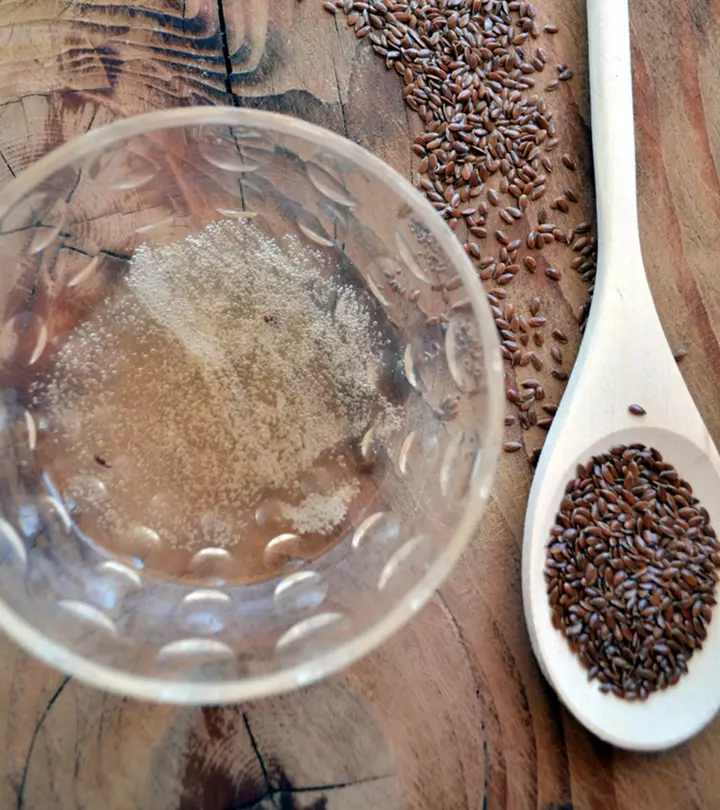
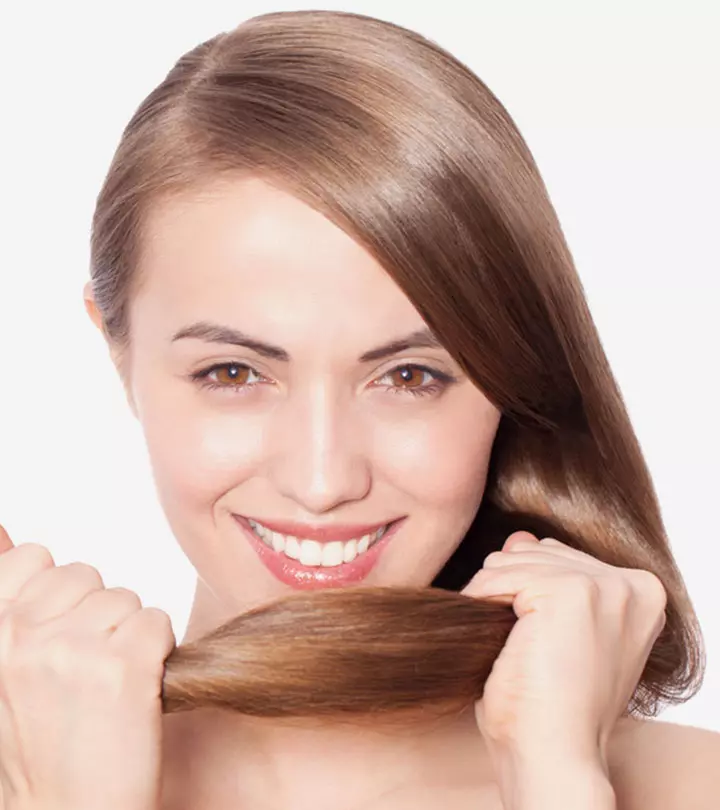

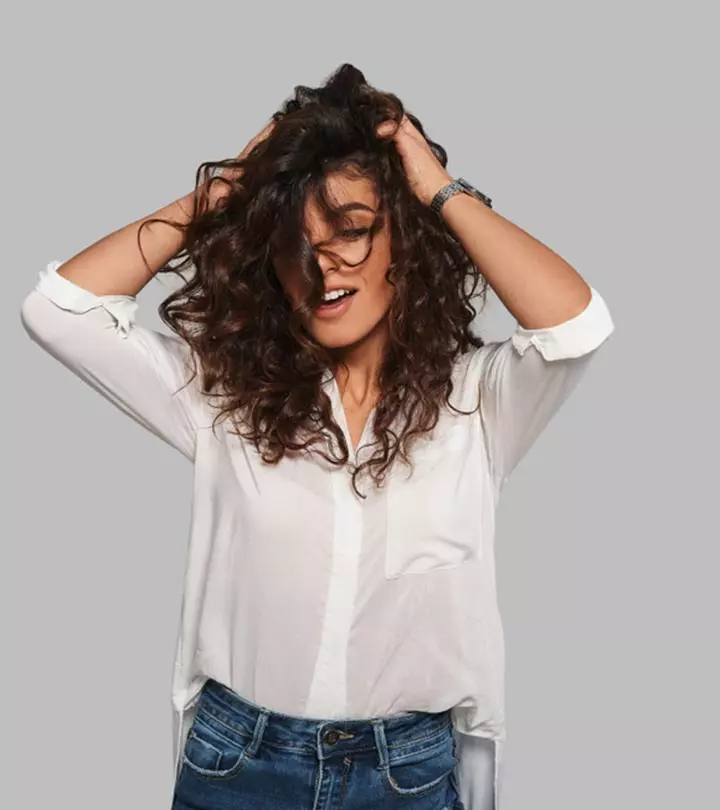
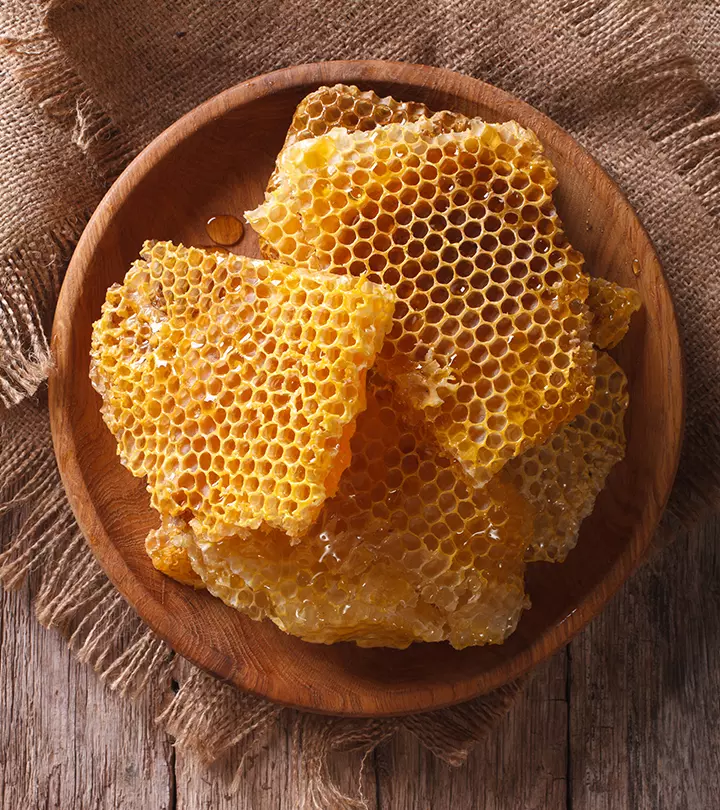
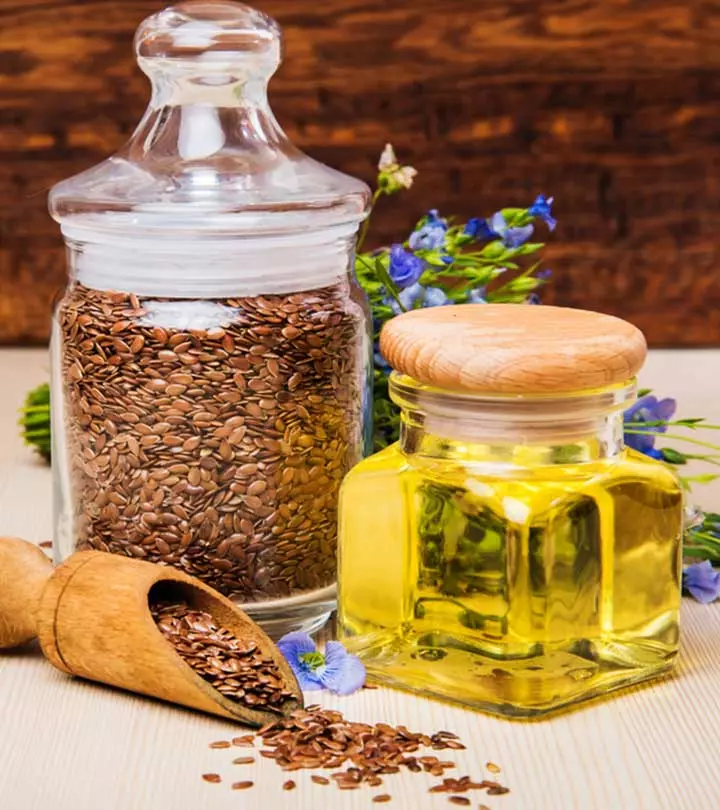
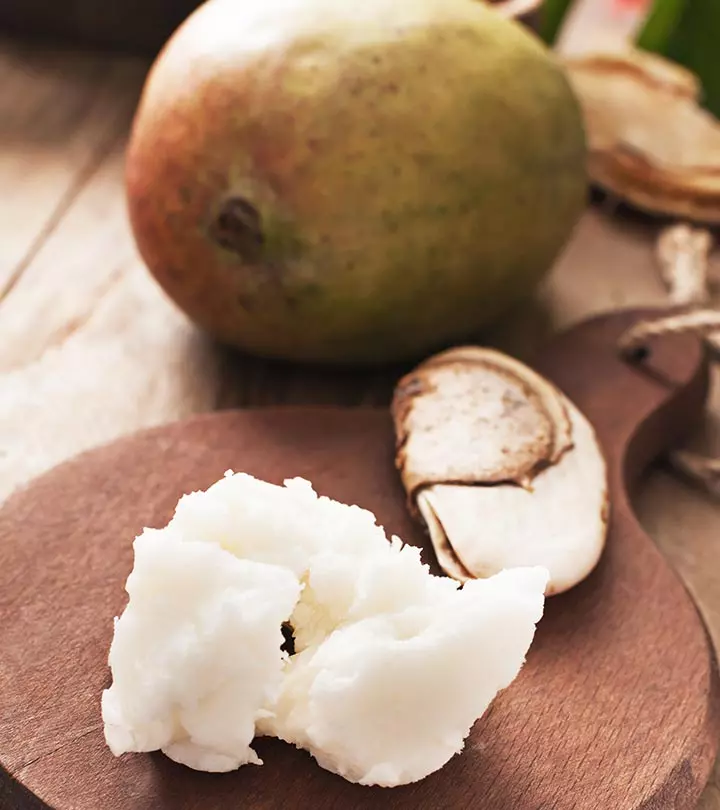


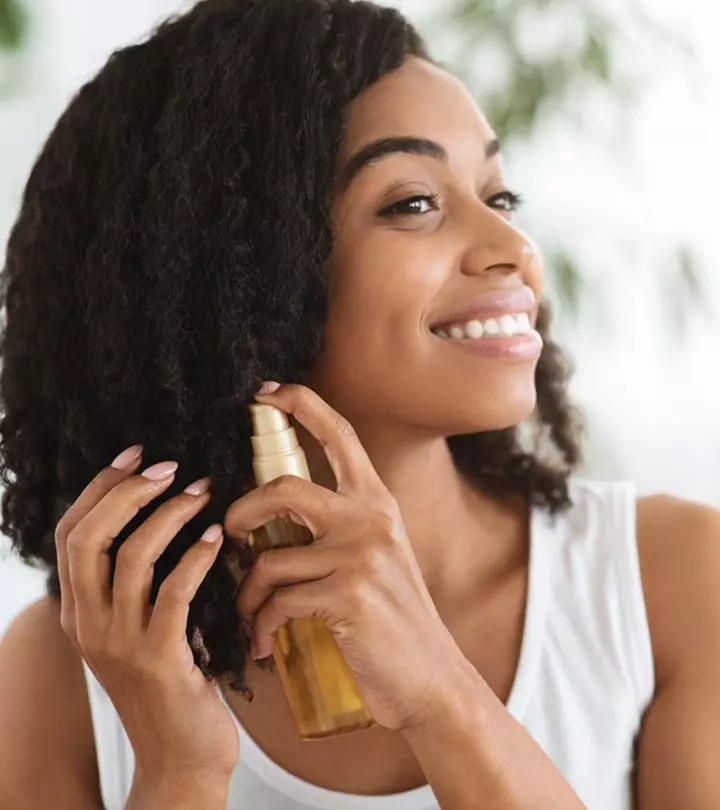
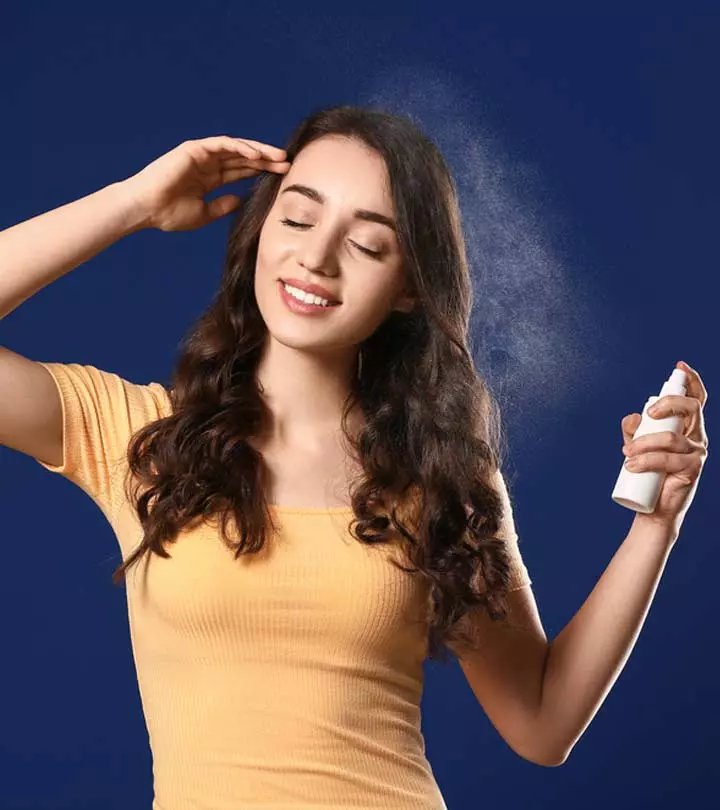
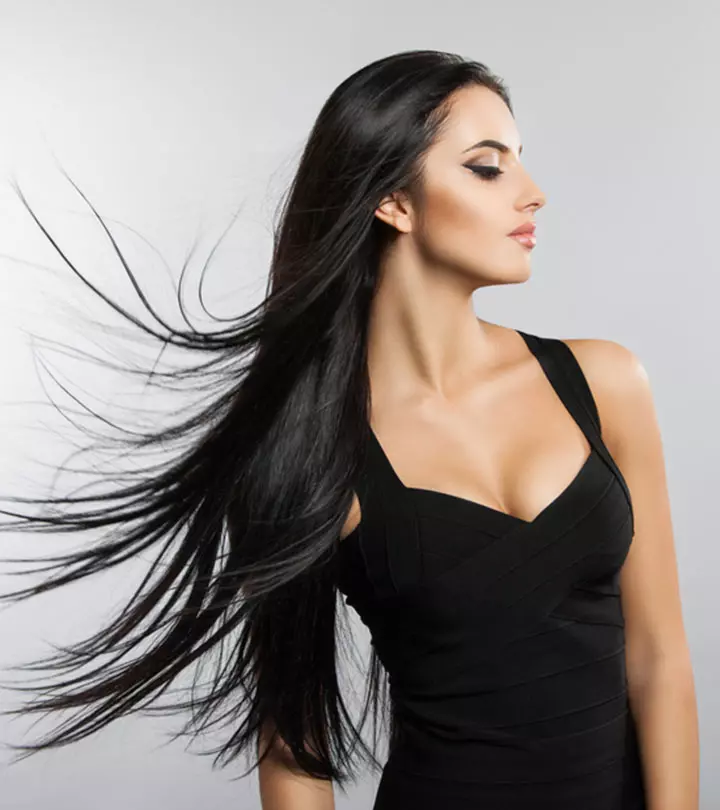
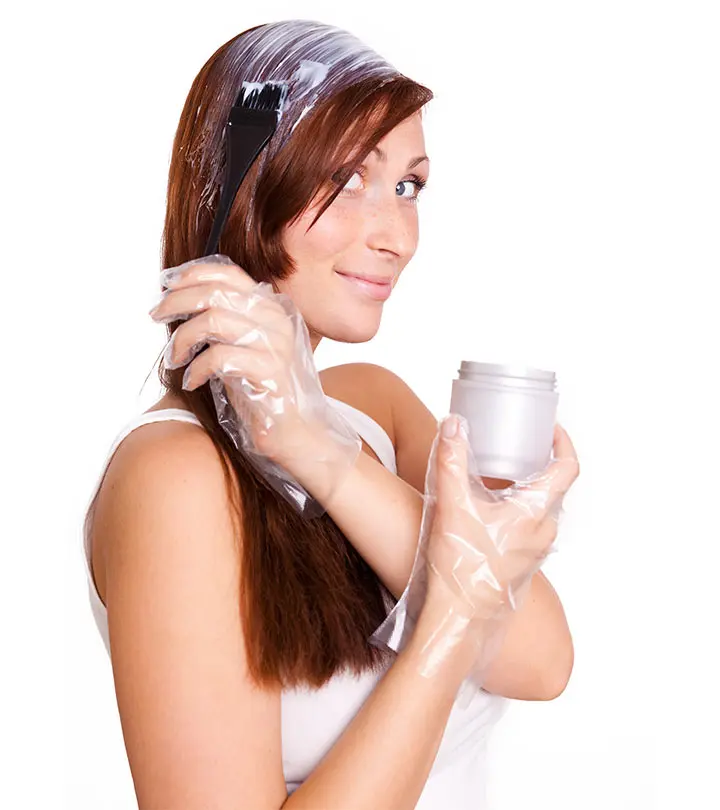
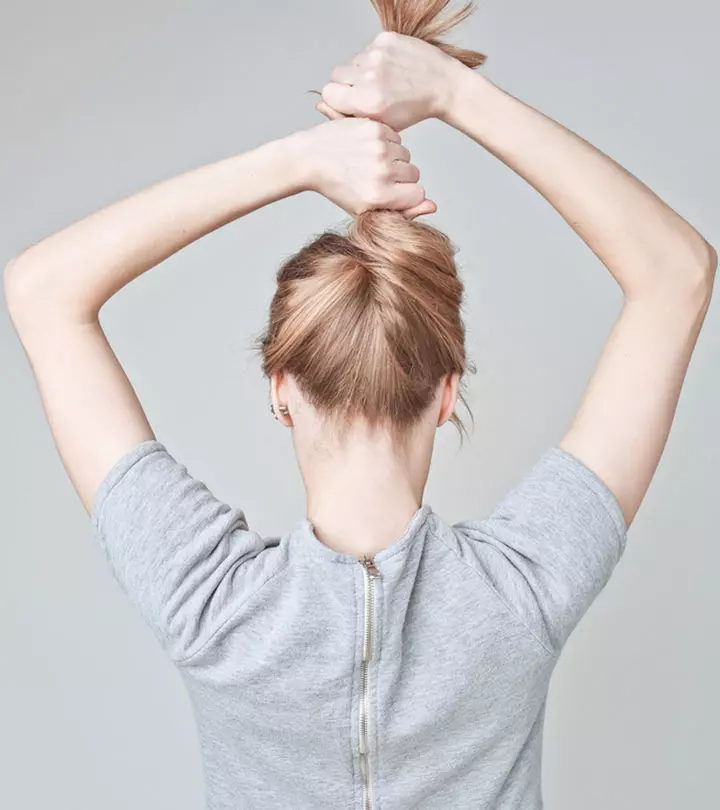
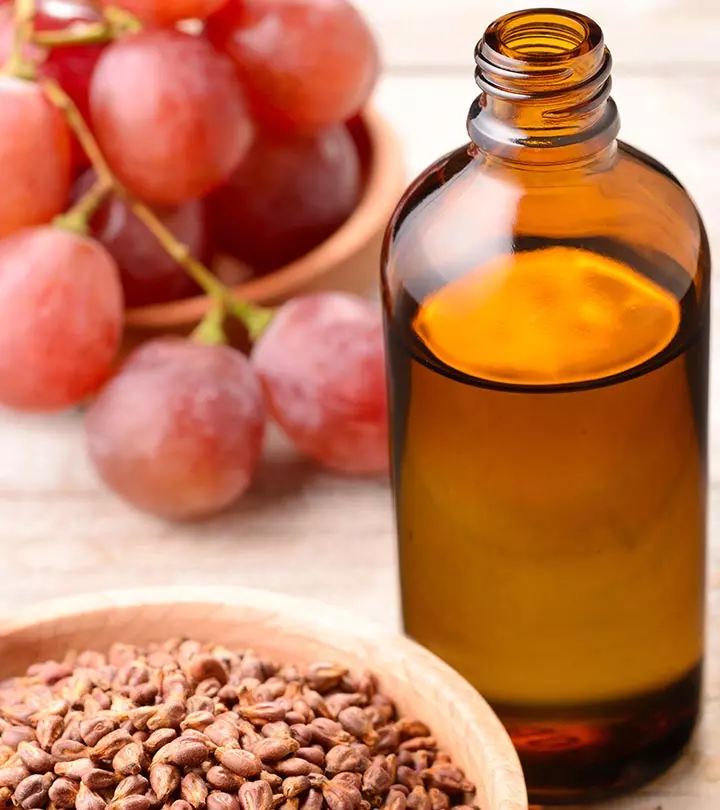
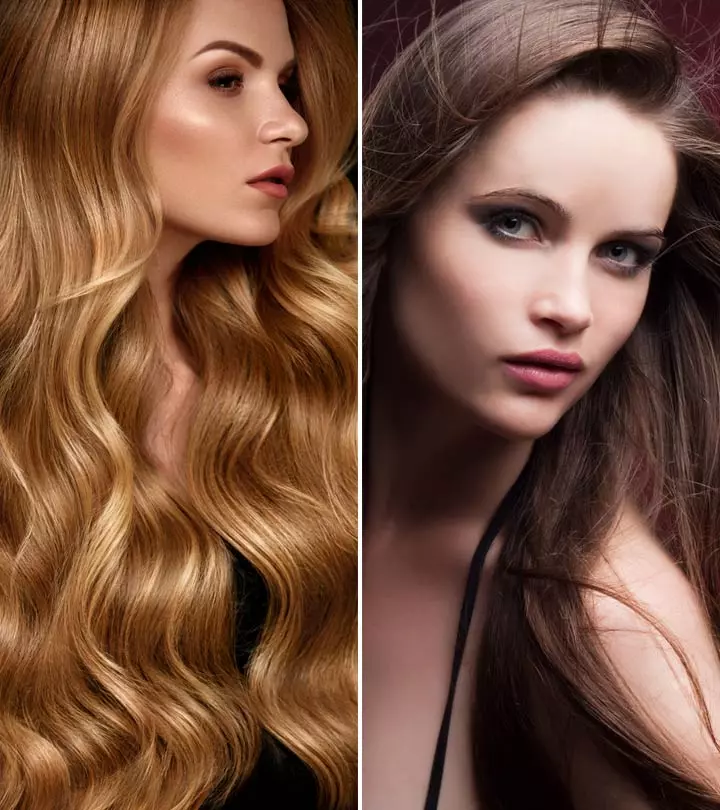
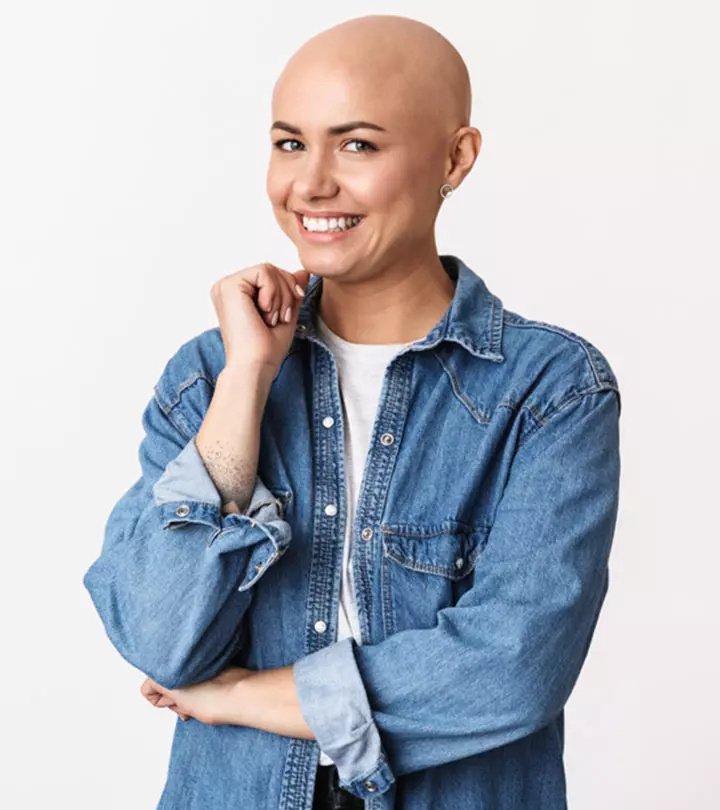


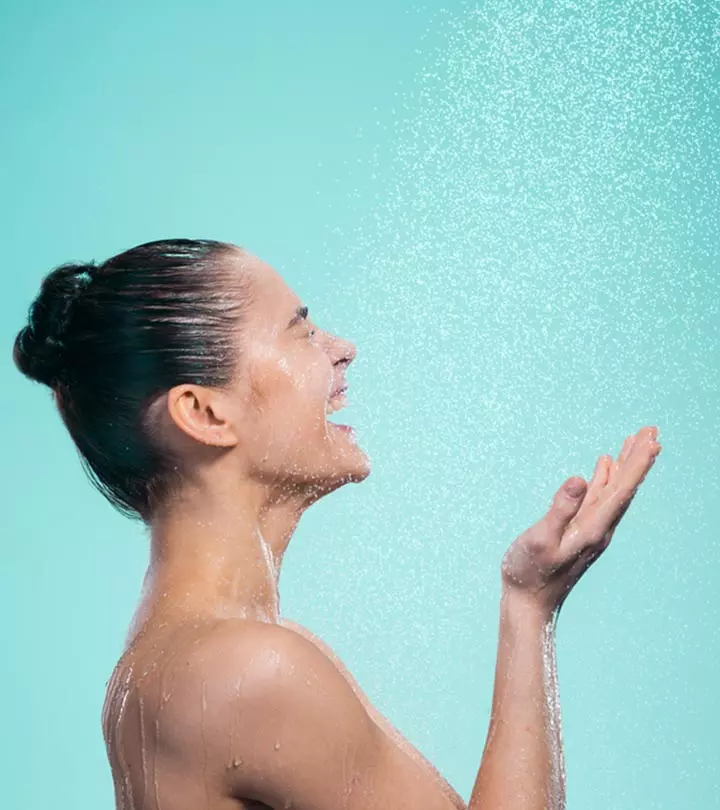
Community Experiences
Join the conversation and become a part of our empowering community! Share your stories, experiences, and insights to connect with other beauty, lifestyle, and health enthusiasts.